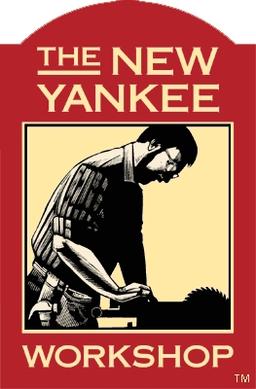While looking into workbenches, I came across a suggestion that scaffolding screw jacks could be used to make a large vise, but also comments saying that since they’re designed for use on muddy construction sites, the threads have excessive clearance or slop. Is that a problem in practice? I can’t figure out why it would be, since I would think backlash just means you need an extra fraction of a turn when switching from tightening the vise to loosening it. What am I missing?


I’ve done it for a leg vice. It’s definitely on the rattley side, and the jaw can move around a few millimeters when not loaded. Once you get some tension on it, it tends to stay in place, but if I want to clamp something in a way that the vice jaw is flush with the workbench top, it can take a couple of tries to set it just right. As a coarse, just get it done solution, it’s fine. No speed nut.
The screw itself is huge and seems like that should make it really strong, but I think the reality is that even a 1/2" screw is stronger than your puny human arms, the diameter of the scaffold screw means you get less mechanical advantage from the handle, and the high pitch of the thread further reduces you mechanical advantage.
Thanks. Interesting point that even a small bolt is going to be plenty strong for work-holding. So maybe just some all thread of appropriate length? I guess the problem there is the pitch is fine, so it would move very slowly.
Out of curiosity, when do you care about the jaw being flush with the workbench top?
Having the vise jaw flush with the bench is kind of niche. If I’m trying to rout a mortise in narrow stock, supporting the router on the bench/vise feels more stable than on the part itself. Probably get similar stability just setting the part flush with the bench, leave the jaw low, and support the router on part/bench, but if your vise jaw is always flush with the bench, then that’s a very easy, very stable support. Also for planing smaller stock, if the vise jaw sticks up relative to the benchtop, then it’s a little less clearance for the plane.
Speed of the high lead is definitely a thing, but it’s easier to work up speed nut solutions for smaller screws. There’s split nuts https://www.mcmaster.com/products/speed-nuts/split-nuts~/ where you can open the nut to slide down the shaft. Can split a nut/lead along the axis, then clamp on/off the shaft. Drill the threads out at an angle (eg https://www.youtube.com/watch?v=EXhXezK4cKU ) if you’re really ambitious. Those mods start putting you at the point where cheaping out on the shaft and DIYing a vise pushes the time, cost, and effort close to where you should just buy a vise or vise kit